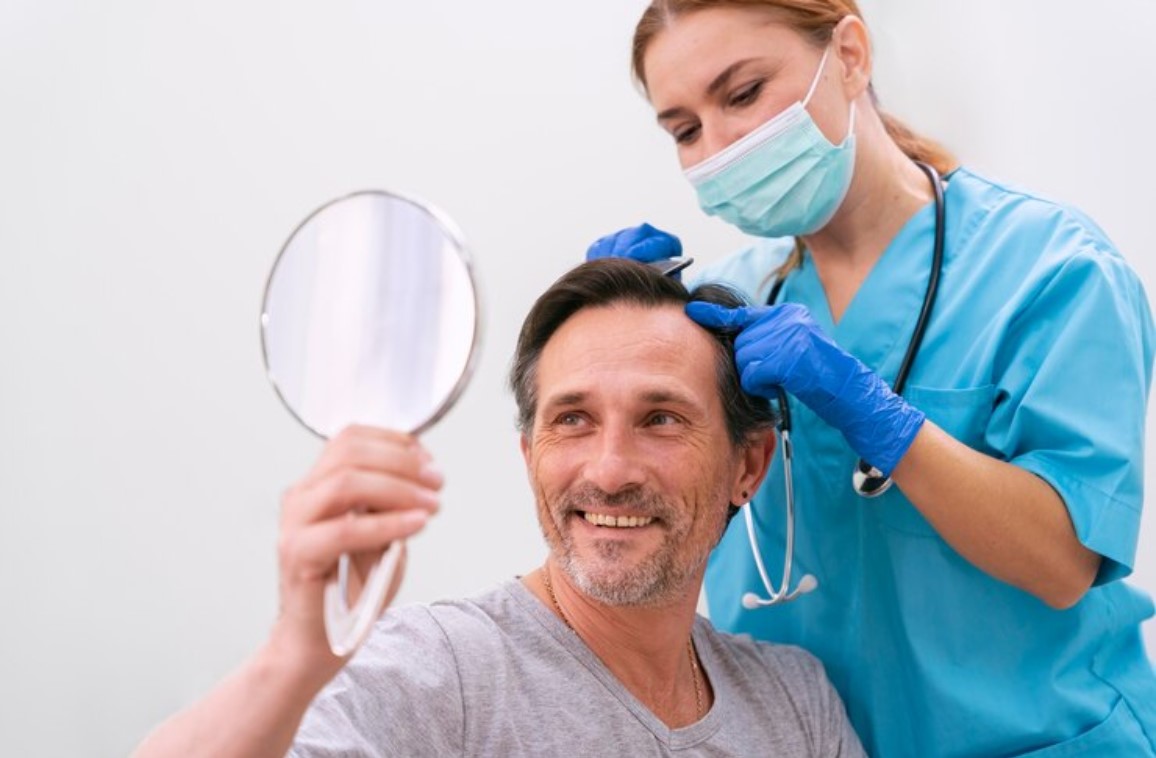People have various hair types, including straight, wavy, curly, and also coily. These hair types do differ in their structure, which is determined by the disulfide bridges that bond hair proteins. Few hairs can be easily managed with proper, suitable care, although most can be managed. Yet, few people go in for hair bonding treatments for a better look.
It is generally considered that straight, smooth hair is the easiest to manage and can also be styled in various ways. This is why several people often seek hair re-bonding treatments at salons.
Hair re-bonding works by actually relaxing the disulfide bonds and altering the hair structure quite permanently. Due to this, the hair does become straighter, frizz-free, smoother, and also more manageable.
Hair re-bonding is indeed a popular and efficient method for straightening hair, but it is important to be aware of the steps involved in the procedure, its outcome, the post-treatment of hair care, and its possible side effects to reap the most benefit from the treatment.
After a hair bonding treatment, proper care is indeed essential to maintaining one’s hair’s health and the results.
People prefer hair that looks amazing with a fresh color or a perfect blowout. Heat styling and coloring can damage one’s strands over time. If not take proper care of the tresses between salon visits, then the hair will not look good, feel good, or appear as healthy as it needs to be.
While there could be little damage, hair bonding treatments can help strengthen brittle, overprocessed hair.
A hair bonding treatment can refer to two different processes: hair re-bonding, which is a salon procedure that breaks and also rebuilds the natural bonds of one’s hair to change its shape and make it look attractive.

The other is hair bonding, which is a method of attaching synthetic hair to one’s scalp using soft silicon glue. Both of these processes can help with hair loss or damage, but they do have different costs and risks. Another option available is to use bond-building hair treatments, which happen to be products that the person can apply before shampooing to strengthen and nourish one’s hair.
Hair Bonding Treatment Aftermath
Avoid Wetting One’s Hair for 72 Hours:
Refrain from washing or even wetting one’s hair for the first 72 hours after the treatment. This does allow the bonds to stabilize effectively.
1. Use a Mild Shampoo: When washing hair, opt for a mild shampoo. Gently cleanse the hair without causing damage.
2. Condition Regularly: Use a good-quality conditioner in order to keep one’s re-bonded hair moisturized, hydrated, and frizz-free. It is a good idea to apply the conditioner generously and rinse with cold water.
3. Limit Heat Styling: Reduce the use of hot styling tools to prevent damage. Heat can, of course, weaken the bonds and also affect the straightening effect.
4. Get Regular Trims: Regular trims prevent split ends from traveling up the hair shaft and help maintain overall hair health.
5. Use Bond Repair Shampoo: Considering the usage of a hair bonding shampoo that is designed to rebuild and also protect one’s hair, this seems like a better way to ensure healthy hair after the bonding treatment is over. These shampoos do strengthen the bonds and also maintain color.
Conclusion
Proper care of hair after bonding treatment does indeed ensure hair that stays smooth, shiny, and also manageable.








